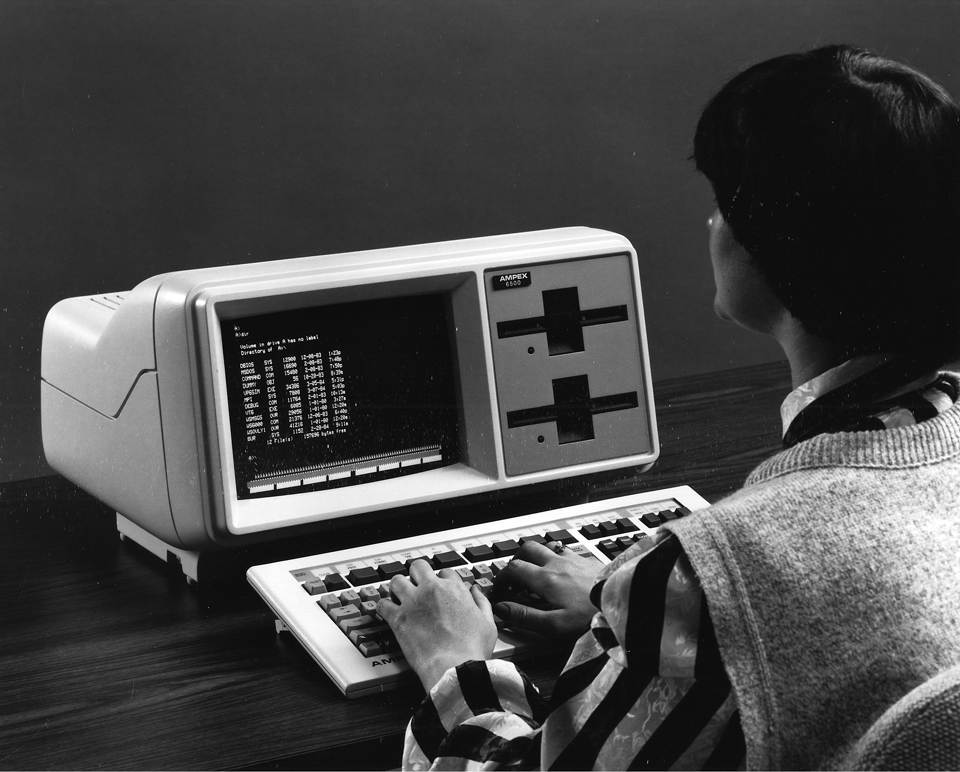Amazement, shock! It does appear that Microsoft is truly experiencing significant progressions. Not just have we caught wind of gossipy tidbits around a free form of Windows 8.1, however now, Microsoft has discharged the MS-DOS source code to the overall population. Free AND Microsoft? Weird associates, huh?
Ostensibly, MS-DOS is the establishment that Microsoft based its reality on, and I assume nobody truly ever imagined that the organization might make the MS-DOS source code open, however yes, it is not an early trick for April’s Fools Day. Also not just that, notwithstanding the MS-DOS source code, the same thing has been discharged for Word for Windows.
Particularly, the source codes for MS DOS 1.1 and 2.0, and additionally Microsoft Word for Windows 1.1a are presently available to any individual who needs it. There are, obviously, “runs” to take after. The source codes are under a non-business permit, and re-distribution anyplace online is not permitted.
Microsoft designer and executive of Research Roy Levin is snappy to highlight exactly how significant this is – not that we don’t understand that, isn’t that right?
“It’s mind-boggling to think of the growth from those days when Microsoft had under 100 employees and a Microsoft product (MS-DOS) had less than 300KB (yes, kilobytes) of source code. From those roots we’ve grown in a few short decades to become a company that has sold more than 200 million licenses of Windows 8 and has over 1 billion people using Microsoft Office. Great things come from modest beginnings, and the great Microsoft devices and services of the future will probably start small, just as MS-DOS and Word for Windows did.
Thanks to the Computer History Museum, these important pieces of source code will be preserved and made available to the community for historical and technical scholarship.”
In reality, in the event that you contemplate past times worth remembering of MS-DOS, the green font against a dark foundation, and the flickering cursor… that makes one nostalgic, isn’t that right?
You can look at the MS-DOS source code (and Word for Windows) here.



